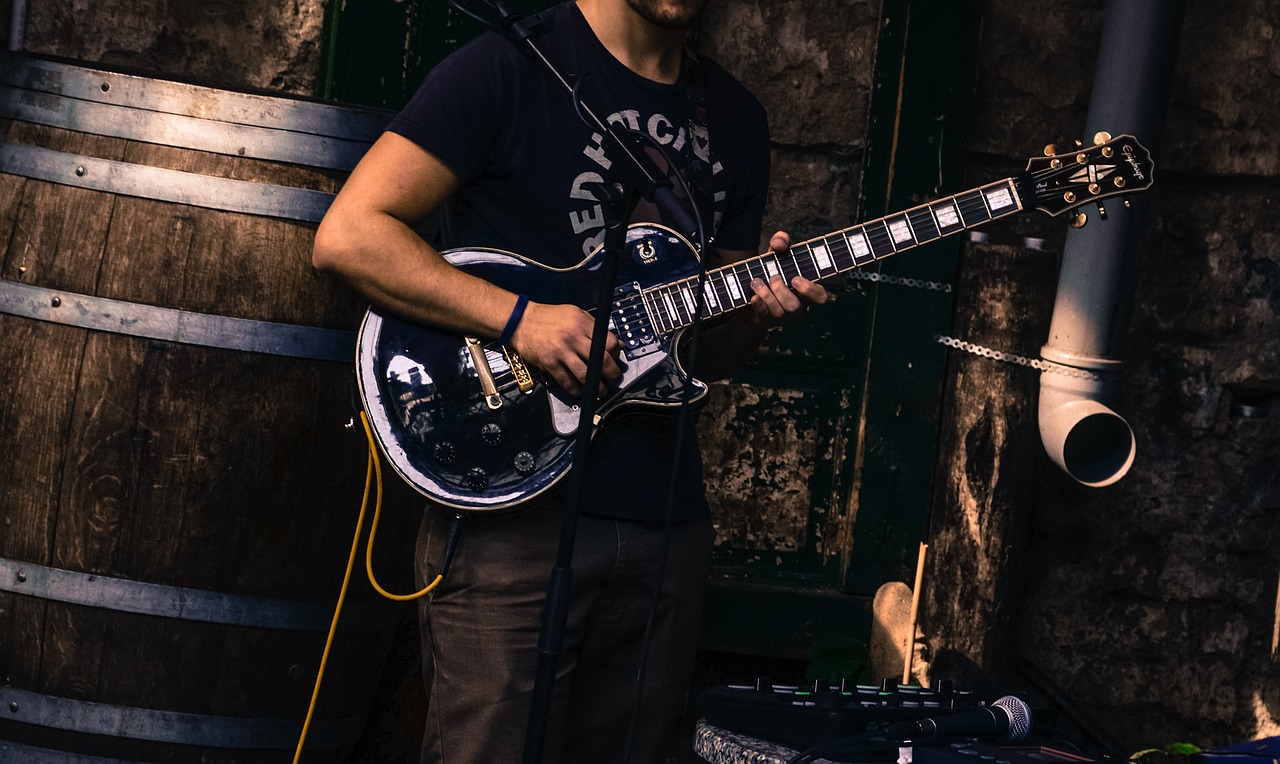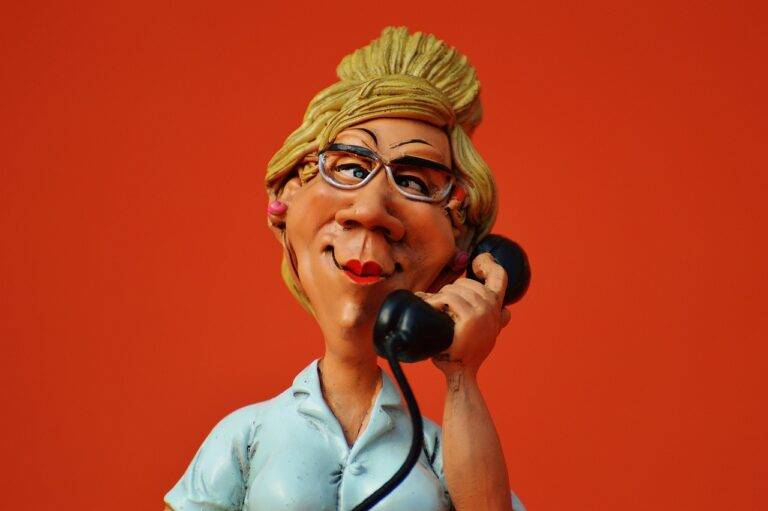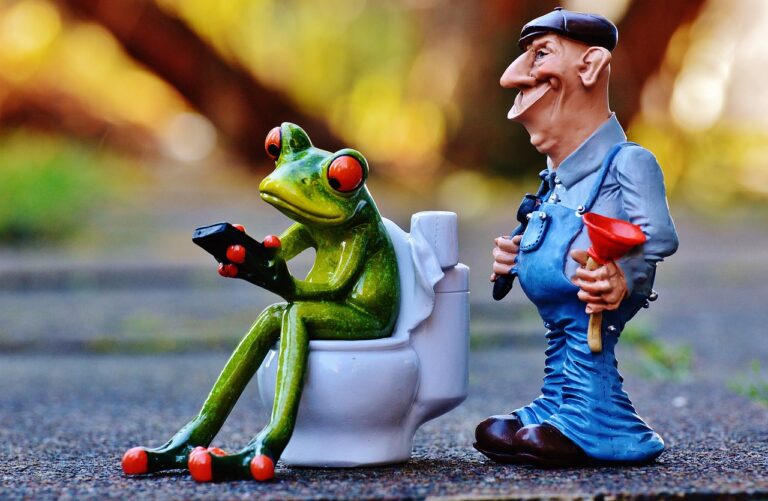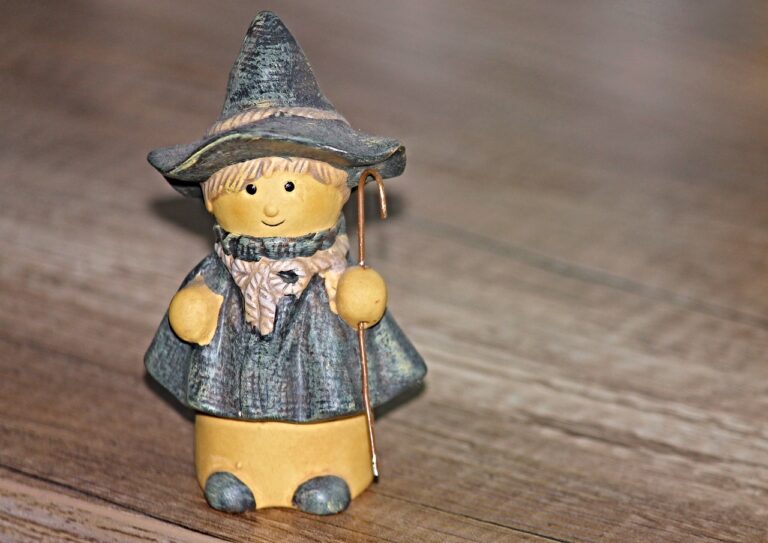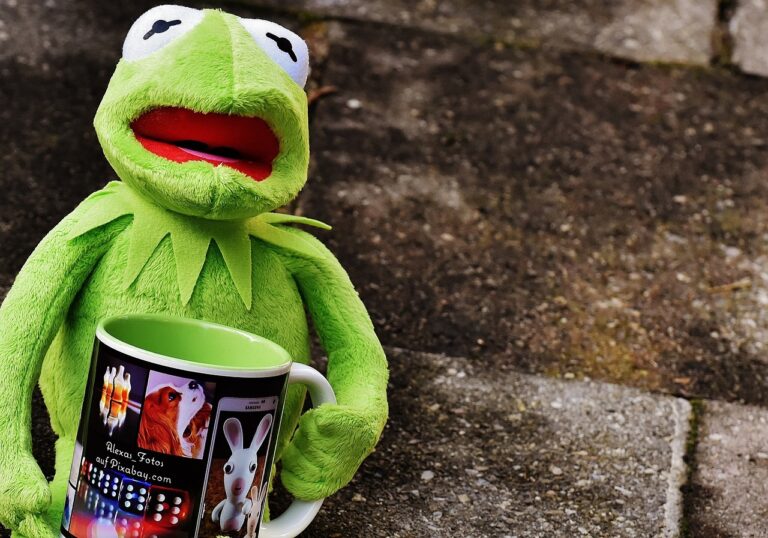Exploring the Role of Dance in Entertainment
Dance has always been an integral part of human culture and entertainment. From ancient rituals to modern-day performances, dance has played a significant role in various societies around the world. In this article, we will explore the multifaceted role of dance in entertainment, highlighting its history, significance, and impact on both performers and audiences.
The History of Dance
Dance has a long and rich history that dates back thousands of years. Archaeological evidence suggests that dance has been a part of human culture since the earliest civilizations. In ancient societies, dance was often used as a form of storytelling, communication, and celebration. From the ceremonial dances of indigenous tribes to the elegant court dances of medieval Europe, dance has evolved and adapted to reflect the values and beliefs of different cultures.
The Significance of Dance in Entertainment
Today, dance plays a vital role in the world of entertainment. Whether it’s on stage, in film, or on television, dancers captivate audiences with their skill, creativity, and passion. Dance has the power to evoke emotions, tell stories, and create memorable experiences for both performers and spectators. It is a universal language that transcends cultural barriers and brings people together in celebration and joy.
The Impact of Dance on Performers
For dancers, the art form goes beyond mere physical movement. It requires discipline, dedication, and a deep connection to one’s body and emotions. Dance can be a transformative experience that allows performers to express themselves creatively, build confidence, and connect with others on a profound level. It also offers numerous health benefits, including improved flexibility, strength, and cardiovascular fitness.
The Evolution of Dance in Popular Culture
In recent years, dance has experienced a resurgence in popular culture thanks to shows like “So You Think You Can Dance” and “Dancing with the Stars.” These programs have brought dance into the spotlight, showcasing a diverse range of styles and talents from around the world. Social media platforms like TikTok have also played a significant role in promoting dance, allowing users to share their routines and connect with a global audience.
The Future of Dance in Entertainment
As technology continues to advance, the possibilities for dance in entertainment are endless. Virtual reality, augmented reality, and motion-capture technology have already been integrated into dance performances, creating immersive and interactive experiences for audiences. Dance is also becoming more inclusive and diverse, with a growing emphasis on representation and empowerment for marginalized communities.
Conclusion
In conclusion, dance will always have a special place in the world of entertainment. Its ability to inspire, uplift, and connect people makes it a truly magical art form. Whether you’re a seasoned performer or a casual observer, dance has the power to touch your heart and soul in ways that words alone cannot. So put on your dancing shoes and let your body move to the rhythm of life!
FAQs
Q: What are some popular dance styles?
A: Some popular dance styles include ballet, hip-hop, salsa, ballroom, contemporary, jazz, and tap.
Q: How can I improve my dance skills?
A: You can improve your dance skills by taking classes, practicing regularly, and watching performances for inspiration.
Q: Is dance considered a form of exercise?
A: Yes, dance is a form of exercise that can help improve your physical health and overall well-being.
Q: Can anyone learn how to dance?
A: Yes, anyone can learn how to dance with dedication, practice, and a willingness to explore different styles.

